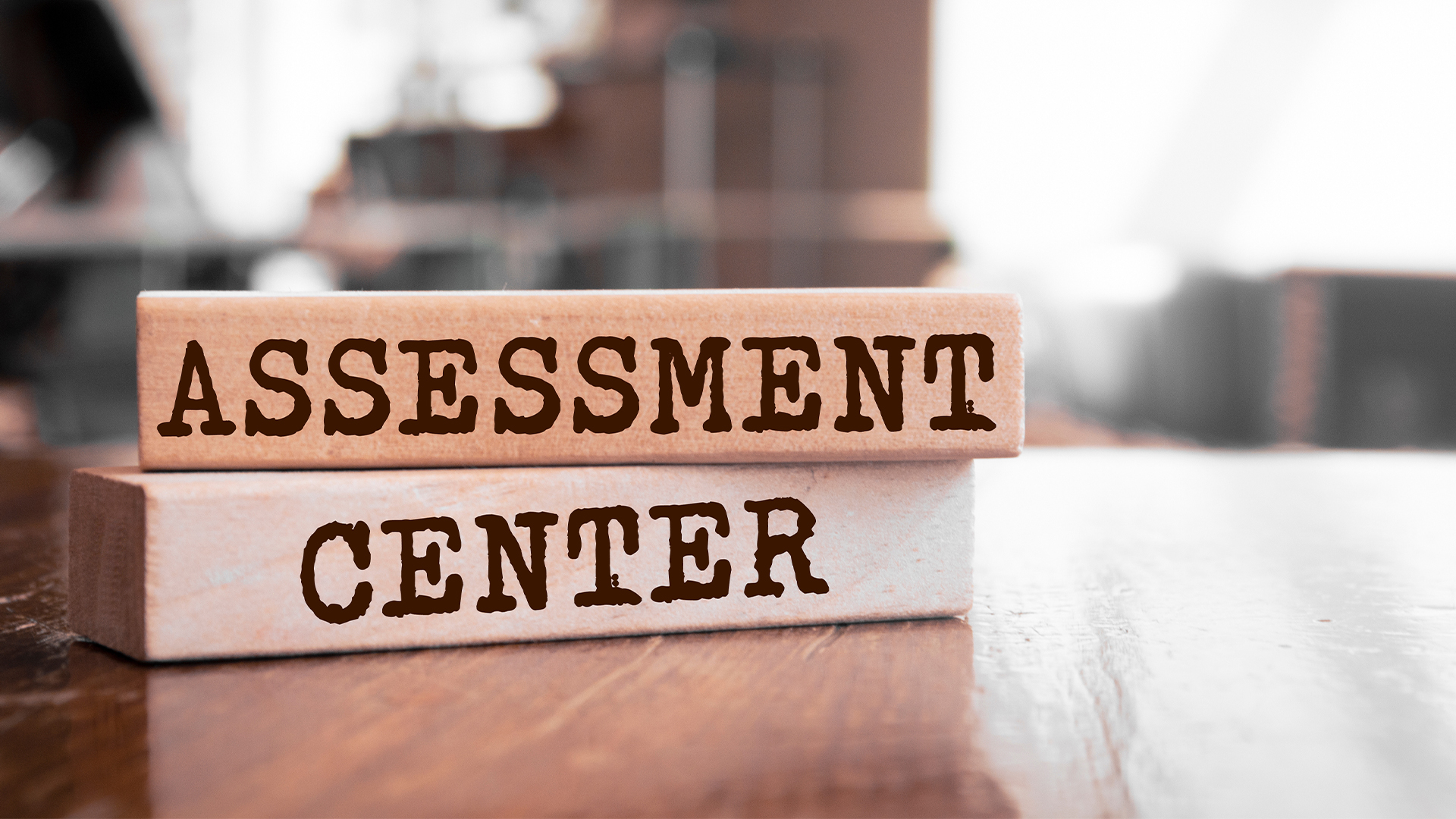Having a good learning and development strategy is key for growing your employees.
Here, we provide support on how to create a good strategy, considering aspects such as having individual personal development plans for employees, encouraging development in people’s knowledge and the benefits this has on a company overall.
What is a learning and development strategy?
Employees need to be valued and feel that their organisation is investing in them and their careers. A workforce’s capabilities, skills and competencies can all be outlined and developed in a well thought out learning and development strategy.
By following the strategy, it will ensure a competent and successful organisation that operates efficiently. The development of employees will go hand in hand with a successful company, and it is important to understand the value of a strong learning and development strategy and how to create and implement this within the business.
A learning and development strategy can take different forms and must be suited to the goals of both the employee and the organisation.
Why is a learning and development strategy important?
The practice of developing employees and managers, utilising and implementing things like leadership transformation programmes, can have numerous benefits for an individual and an organisation.
You are not only introducing and teaching new skills, but also building on ones that are already in place by way of continuous improvement.
Creating the learning and development strategy
Now that we understand what a learning and development strategy is, as well as its importance, it is time to start looking at creating and implementing it within the business.
As a business landscape constantly evolves and changes, it’s important to have a strategy that moves with this and can be tailored to the ever-changing requirements of the organisation. So what does an effective learning and development strategy need?
Identify gaps in knowledge
In order to gain information on the best methods and topics of training for your team you will need to understand any gaps in knowledge. Managers and leaders could perform a skills gap analysis so that the strategy can be focused on areas that need the most work.
This will also help with the engagement of employees in the strategy – the more focused and personalised the programme is, the more employees find it useful, rather than it just being a box-ticking exercise. 70% of employees say they haven’t even mastered the skills they need for their jobs today, so identifying where they feel these gaps lie could be key to improving the workforce.
Identify what you want to achieve
To make a strategy successful you need to have in mind what it is you ultimately want to achieve. By focusing on the goals and the outcome, this will help create a strategy that is purposeful as well as engaging to participants, and beneficial for the company.
The goals must be clearly identified, and importantly, should be achievable. Filtering training opportunities to create value within the business is essential, and it should be measurable in terms of having an actual impact within the organisation.
Don’t overcomplicate it
It is important that you know what you want to achieve from the strategy once you’ve received any feedback from your skills gap analysis. That way you don’t overcomplicate it and try to do too much.
Prioritise – identify anything that needs immediate or prolonged attention and address it first. Anything critical to the business is paramount and although you would like to work and improve a lot of processes and grow a lot of individuals, taking on too much could be detrimental.
You also need to ask how much will the training cost in relation to any potential increase in revenue? Are customers and clients, and business as a whole going to benefit from each aspect of the learning and development strategy?
Delivery
With everything considered, it is time to deliver and implement the learning strategy to the business. Make sure to communicate the process throughout the business – take on feedback and don’t be scared to tweak the strategy in order to get the best results. Start with a small group initially to get a feel for how well it is received and the response to it.
It is important to track employees progress and ensure the employee feels engaged. You are investing in their development, so be sure to make sure they are aware of this, and that they feel it is of use to them and their career.
With the right attitude and organisation, a learning and development strategy will become part of the business culture and will be something that staff and leaders just automatically do – and importantly they will want to do it, rather than feel they have to.

















